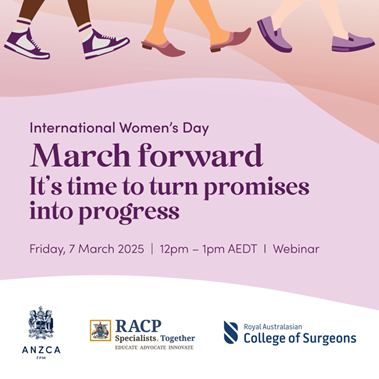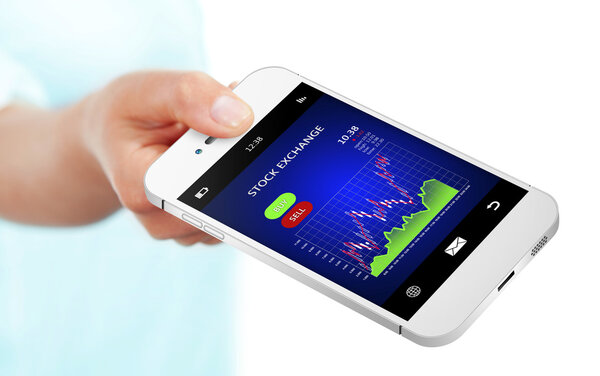It’s a devastating figure, more than one million Australians have found themselves unemployed in the space of just a fortnight, as the impacts of COVID-19 force more business and industry closures and lay-offs.
But University of South Australia research professor in Human Resources, , says this kind of dislocation is not unprecedented and workers should not underestimate the value of their transferable skills to find jobs in sectors that are experiencing a high demand for new recruits.
“This is a bit like an earthquake – we are seeing a reshaping of the employment landscape – creating mountains and valleys – in different places,” Prof Kulik says.
“It feels new, but we have done all this before – during WWII when all the men in traditional male jobs left for war, countries trained an to do factory work to secure munitions supplies. A host of other roles opened up for women as they became welders, air raid wardens, train, tram and bus drivers – all with very little starting experience.
“During the 1980s and 90s recession, thousands of workers transitioned from manufacturing to service roles and right up to today, some of the world’s largest organisations brag that in peak holiday season, it only two days to get new hires up to speed.”
Professor Kulik says there is a lot both jobseekers and employers can do, to make the transition easier and more successful for workers moving from one sector to a new one.
“Workers need to take a good look at their skills – if someone was employed for example in a restaurant, yes clearly customer service and communication skills are at the forefront – but if they were operating the till, replenishing the stock, organising rosters – all of those skills, even if they were a small percentage of the job, do count as genuine experience,” she says.
“Jobseekers should do a thorough audit of their skills from their most recent employment or even from other aspects of their lives – if they were secretary of their netball club or head of a parent organising committee, these skills are transferrable, they are part of your personal competencies.”
Prof Kulik says we already have some examples of clever partnerships from businesses, like the and collaborations to fast track workers from the airline industry to transition to the high demand supermarket sector.
“Just as industries are innovating – turning production to hand sanitiser, manufacturing face masks – workers can use their related skills and apply them in new contexts,” Prof Kulik says.
“Mechanical engineers in the airline industry can offer their skills to maintain machines at the frontline of the healthcare sector.”
But, Prof Kulik says, there are many things employers can do to make these transitions easier.
“All around, expectations of both employers and employees should be realistic,” she says.
“Your new job may not be as exciting, glamorous or well paid, but at a time like this, we need to be flexible and your new role could be contributing some significant social good, such as keeping the food and health supply chains operating.
“Employers need to prepare for and support transitioned staff and a good start is to give new hires a work ‘Buddy’ to help them on a day to day basis in the workplace.
“Providing more visual aids, checklists and prompts in the work environment is also helpful, because what is second nature for experienced staff, won’t be for your newbies.
“And hiring employers should give jobseekers the chance to show how their experience could be applied in a new environment – so ask questions that will allow them to show their capacity to apply their knowledge and experience in a new context.
“The COVID-19 pandemic has disrupted society so rapidly and in ways we could not have imagined only three months ago. It will pass, but in the meantime, we need to draw on our adaptability, or creativity, our skills and our patient positivity, to make the best of it.”








